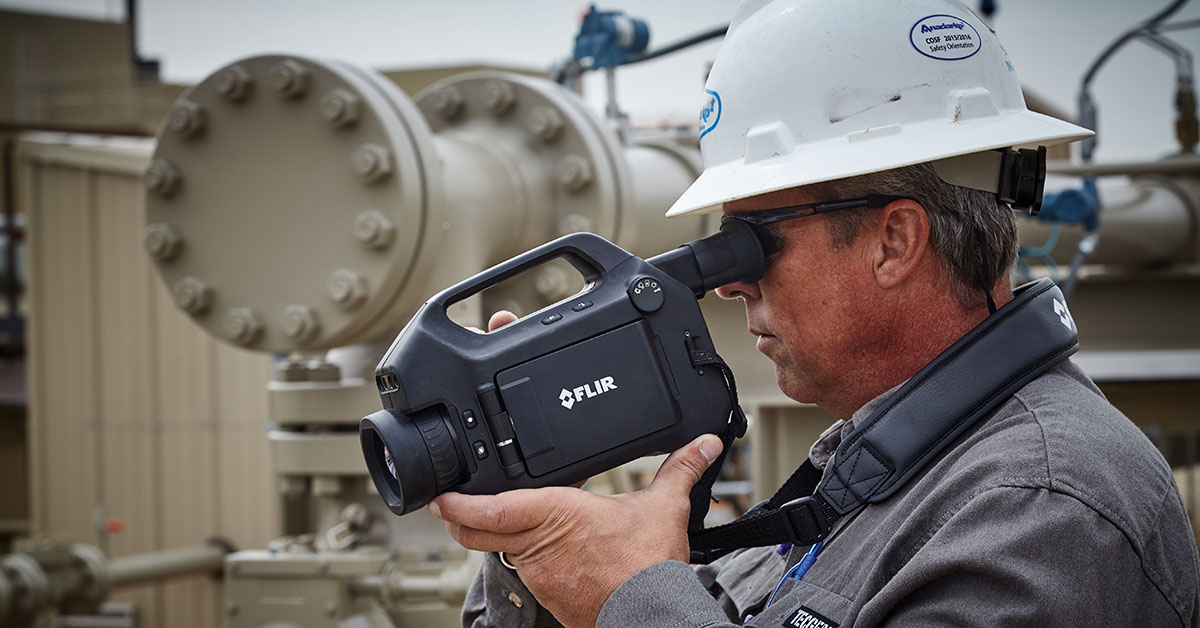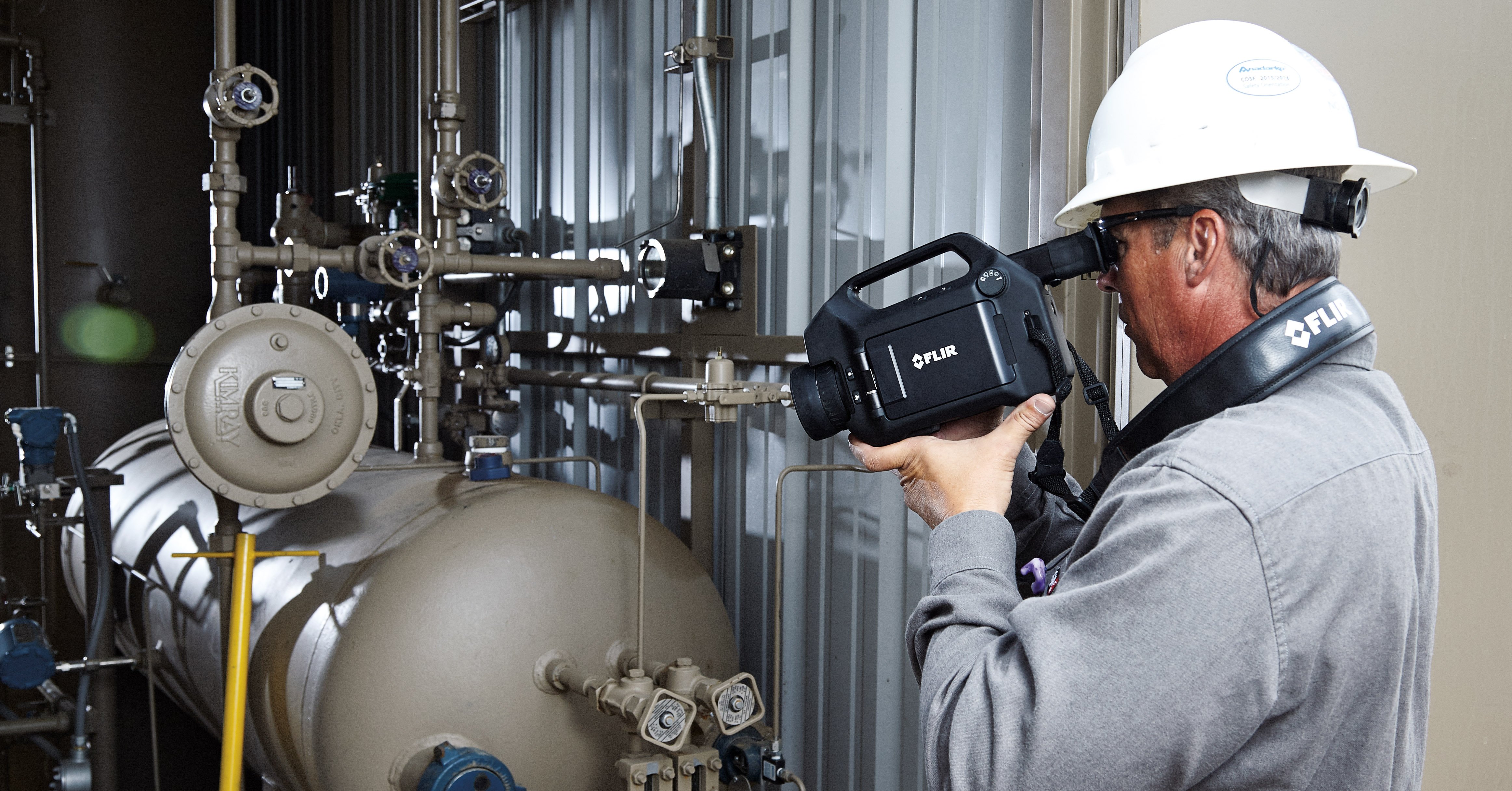FLIR or Opgal for Gas Leak Detection: Which is Best for You?
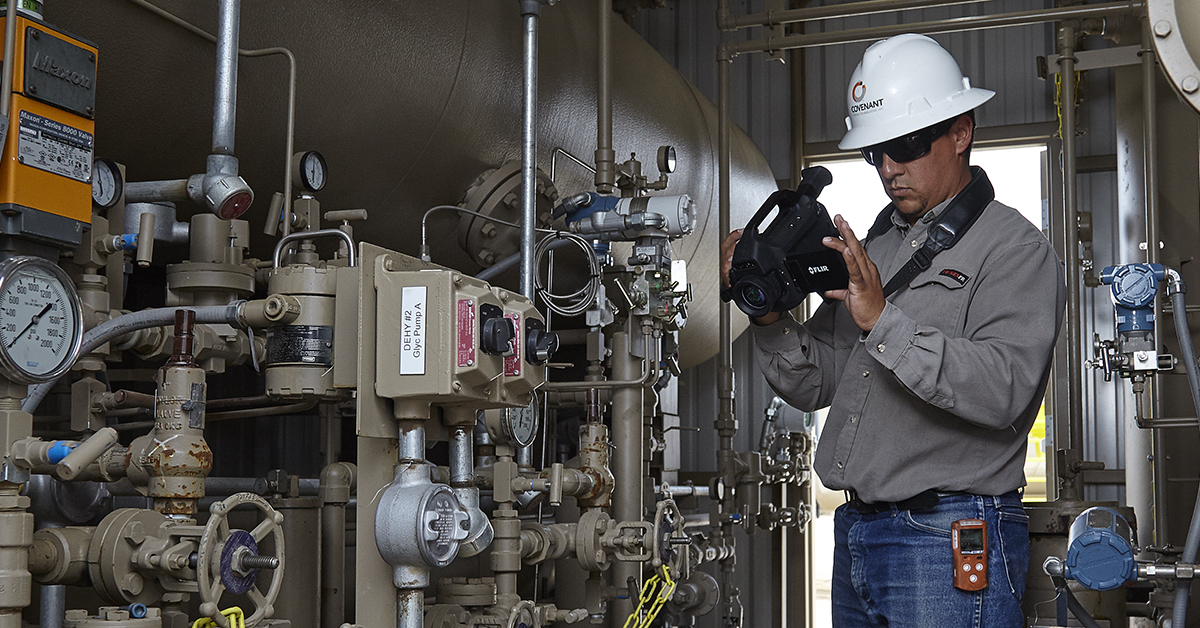
Optical gas imaging (OGI) cameras are a crucial investment for the Oil and Gas industry, so it’s important that companies make the optimal, cost-effective choice when selecting an OGI camera for their leak detection and repair (LDAR) programs. Choosing on price alone could leave you with disappointing results; instead, it’s better to compare models on how they will perform in the field.
So how do FLIR GF-Series cameras stack up against competitors like Opgal?
While both can visualize methane and other hydrocarbon gases, record optical gas and visual imagery, and offer safety certifications for use in hazardous areas, there are distinct advantages to choosing a FLIR OGI camera.
Let’s take a closer look at how the FLIR GFx320 compares with the Opgal EyeCGas® 2.0 (VOC).
Ergonomics Are Key
First, there is how these cameras perform during a long, tiring day of LDAR inspections. The FLIR GFx320 was thoughtfully designed with a tilting LED screen and adjustable viewfinder that allow the user to consistently hold the camera in a neutral position while imaging low, high, or at awkward angles.
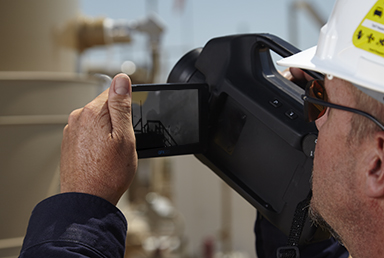
The bright, tiltable viewfinder allows you to see the scene without any concerns about glare.
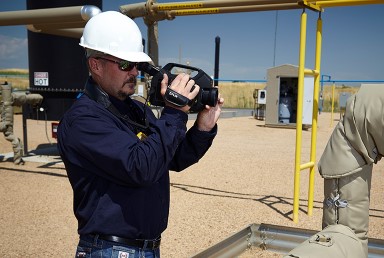
In contrast, the LCD display on the back of the EyeCGas camera is 36% smaller than the FLIR GFx320 LCD. Plus, it's static, meaning you have to move the entire camera to see the image better.
Safety Considerations
Second, there are safety considerations. The GFx320 offers an optional 6ׄ° telephoto lens so users can visualize Difficult to Monitor (DTM) or Unsafe to Monitor (UTM) gas leaks from a very far and safe distance. Even with the 14.5° or 24° standard lenses, this camera’s 1-8x continuous zoom allows users to zoom up on leaks and targets while remaining safe.
![]()
Interested in Uncooled OGI Cameras?
Learn more about the FLIR GF77: our affordable
uncooled solution for methane, sulfur hexaflouride,
and other industrial gases.
![]()
Performance in the Field
How about power performance? The GFx320 charges quickly (3 hours for a fully-depleted battery vs. 7 hours for the EyeCGas battery), can charge while the battery is in the camera, and has the option to run off of external power from either an AC power outlet or straight from a 12V cigarette lighter adapter.
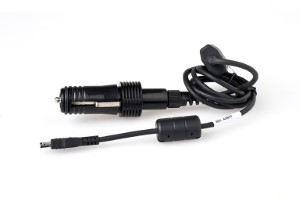
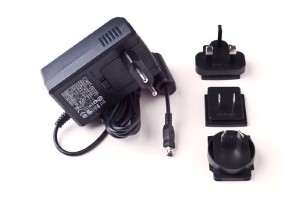
This is especially important when using a cooled OGI camera: you can maintain continuous operation without needing to change out the battery. Instead of powering down, changing the battery, and then waiting for the subsequent cooldown period when powering back up, you can keep the camera powered and cooled. This is most important to the users that have short drives between scans, and you can ensure the camera is always ready to go. You’ll never have to worry about missing the event you’ve been trying to capture.
Easy to Use and Understand
Another advantage to consider is the FLIR user interface. Labels on buttons may not seem like a big deal, but they do help the user get to the right on-screen menu faster. The GFx320 graphic user interface is also easy to follow and doesn’t take up so much screen real estate that you lose track of the target leak.
There are other helpful advantages to the FLIR GFx320, like the laser pointer—great for visually pinpointing a leaking component so it can be repaired—and a button you can program to quickly bring up the feature you use most often. All GF-Series cameras have slots for removable memory cards instead of a fixed on-board storage, and an automatic NUC feature—which is faster, more reliable, and provides a higher-quality image than manual NUC.
Expert Training and Support
Finally, there is the depth of knowledge and support you can rely on from FLIR. We debuted the world’s first commercially available OGI camera in 2005; since then, we have provided professional training courses, online learning tools, and an extensive library of articles and tips meant to ensure everyone who has a FLIR GF-Series camera can use it like an expert.
We encourage you to contact a FLIR expert to learn more about the entire line of GF-Series cameras for methane, hydrocarbons, and VOCs.

